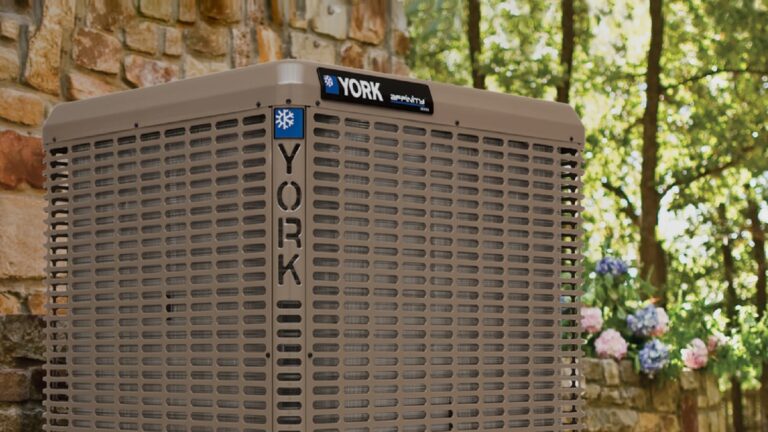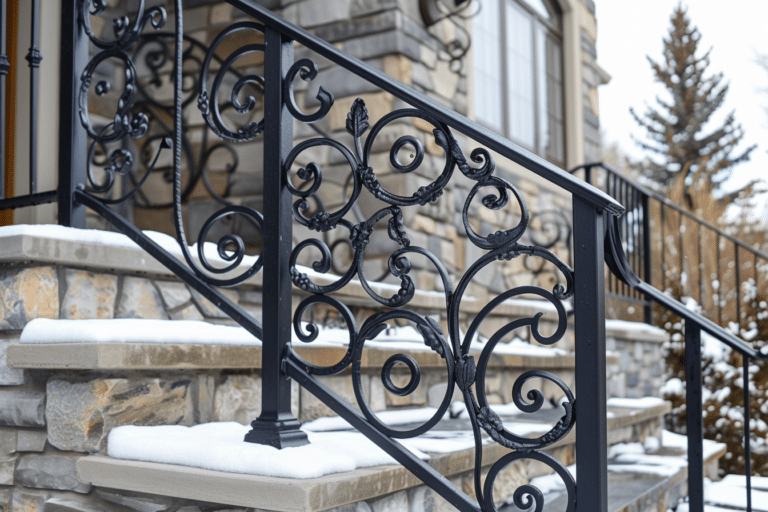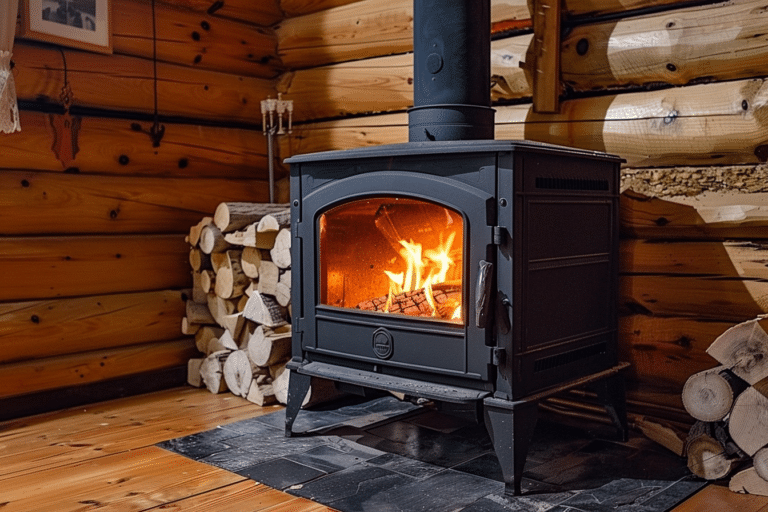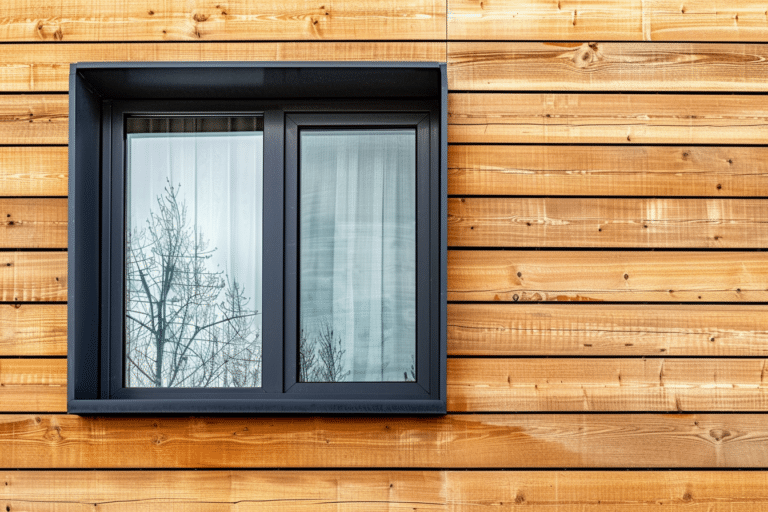| Key Takeaways |
|---|
| Average Total Cost: $7,000 – $24,000 |
| Cost Per Square Foot: $7 – $12 |
| Primary Cost Factors: Material choice, labor, and site preparation |
| Pros: Elevated foundation, easy utility access, suitable for uneven terrain |
| Cons: Higher cost than slab-on-grade, maintenance required, lower load-bearing capacity |
$7,000 – $24,000 Average Total Cost
On average, a pier and beam foundation will cost between $7,000 and $24,000. This range depends on various factors such as the size of the foundation, the materials used, and labor costs.
$7 – $12 Average Cost Per SF Installed
The average cost to install a pier and beam foundation ranges from $7 to $12 per square foot. This cost includes materials and labor.
Average Cost Of Pier And Beam Foundation
The cost of a pier and beam foundation can vary significantly based on the size of your building. Below is a table summarizing average costs for different foundation sizes:
| Foundation Size (square feet) | Average Installed Cost |
|---|---|
| 800 | $5,600 – $9,600 |
| 1,000 | $7,000 – $12,000 |
| 1,500 | $10,500 – $18,000 |
| 2,000 | $14,000 – $24,000 |
| 2,500 | $17,500 – $30,000 |
| 3,000 | $21,000 – $36,000 |
| 3,500 | $24,500 – $42,000 |
What Is A Pier And Beam Foundation?
A pier and beam foundation consists of concrete or wooden piers driven deep into the ground to support beams that run across them. This type of foundation elevates the structure above the ground, creating a crawl space that can be used for plumbing, electrical systems, and HVAC systems.
Pier And Beam Foundation Cost Factors
Several factors contribute to the cost of a pier and beam foundation. These factors can be broadly categorized as material costs, labor costs, and planning and site preparation costs.
Pier And Beam Material Costs
| Material | Average Cost Per SF* | Description |
|---|---|---|
| Concrete Piers | $7 – $11 | Durable, resistant to rot, fire, and pests; suitable for areas with high water tables or unstable soil but labor-intensive. |
| Steel Piers | $10 – $12 | Resistant to moisture, rot, and insect damage; suitable for expansive clay soils; easier to install compared to concrete. |
| Pressure-Treated Wood | $6 – $10 | Cost-effective; commonly used in stable soil conditions but susceptible to moisture and insect damage. |
| Masonry Piers | $8 – $12 | Made from brick, stone, or concrete block; strong but can suffer from moisture damage. |
| Drilled Caissons | $15 – $20 | Used in poor soil conditions; constructed by drilling and filling with concrete; expensive but very durable. |
Pier And Beam Labor Costs
Labor costs can range significantly depending on the complexity of the project, the region, and the experience level of the contractors. Labor costs are typically calculated based on the number of hours required to complete the project, as well as any specialized skills needed for the specific materials used.
Planning And Site Prep Costs
Before the foundation work begins, proper planning and site preparation are essential. This includes clearing the site, leveling the ground, and possibly even removing existing structures. Site preparation costs can include permits, inspections, and any additional work required to ensure the site is ready for foundation installation.
Pier And Beam Foundation Pros And Cons
| Pros | Cons |
|---|---|
| Elevated foundation; better moisture protection | More expensive than slab-on-grade foundations |
| Ideal for areas with high water tables or frequent flooding | Susceptible to pests like rodents unless properly sealed |
| Easy access to utilities (plumbing, electric, HVAC) | Requires regular maintenance to prevent moisture issues |
| Suitable for uneven or sloping terrain | Lower load-bearing capacity |
| Potential for sagging floors | |
| Not an option for poor soil conditions |
Pier And Beam Foundation FAQs
What Is A Pier?
A pier is a vertical support structure made of materials like concrete, wood, steel, or masonry. Piers are driven into the ground to support the weight of the building through beams that rest on top of them.
How Many Piers Are Used In A Foundation?
The number of piers required in a foundation depends on the size and weight of the building. Generally, piers are spaced about 8-10 feet apart across the foundation, but this can vary based on engineering specifications.
How Deep Do Concrete Piers Need To Be?
The depth of concrete piers depends on the soil conditions, the weight of the building, and local building codes. Typically, concrete piers range from 12 to 36 inches in diameter and are drilled to a depth of 10 to 20 feet.
How Long Does A Pier And Beam Foundation Last?
A well-constructed pier and beam foundation can last anywhere from 75 to 100 years, especially if regular maintenance is performed. The longevity can be affected by factors such as material quality, environmental conditions, and upkeep.
Getting Estimates From Foundation Contractors
It is crucial to get multiple estimates from different contractors to ensure you get a fair price. Make sure each estimate includes a breakdown of costs so you can compare them effectively.
Questions To Ask A Foundation Contractor
- How many years of experience do you have with pier and beam foundations?
- Can you provide references from previous clients?
- What materials do you recommend for my specific project?
- What is the estimated timeline for completion?
- How do you handle unexpected complications or additional costs?
By understanding the various costs and factors involved in a pier and beam foundation, you can make an informed decision that best suits your needs and budget. If you have any more questions or need further guidance, feel free to contact us or consult with a professional foundation contractor.







